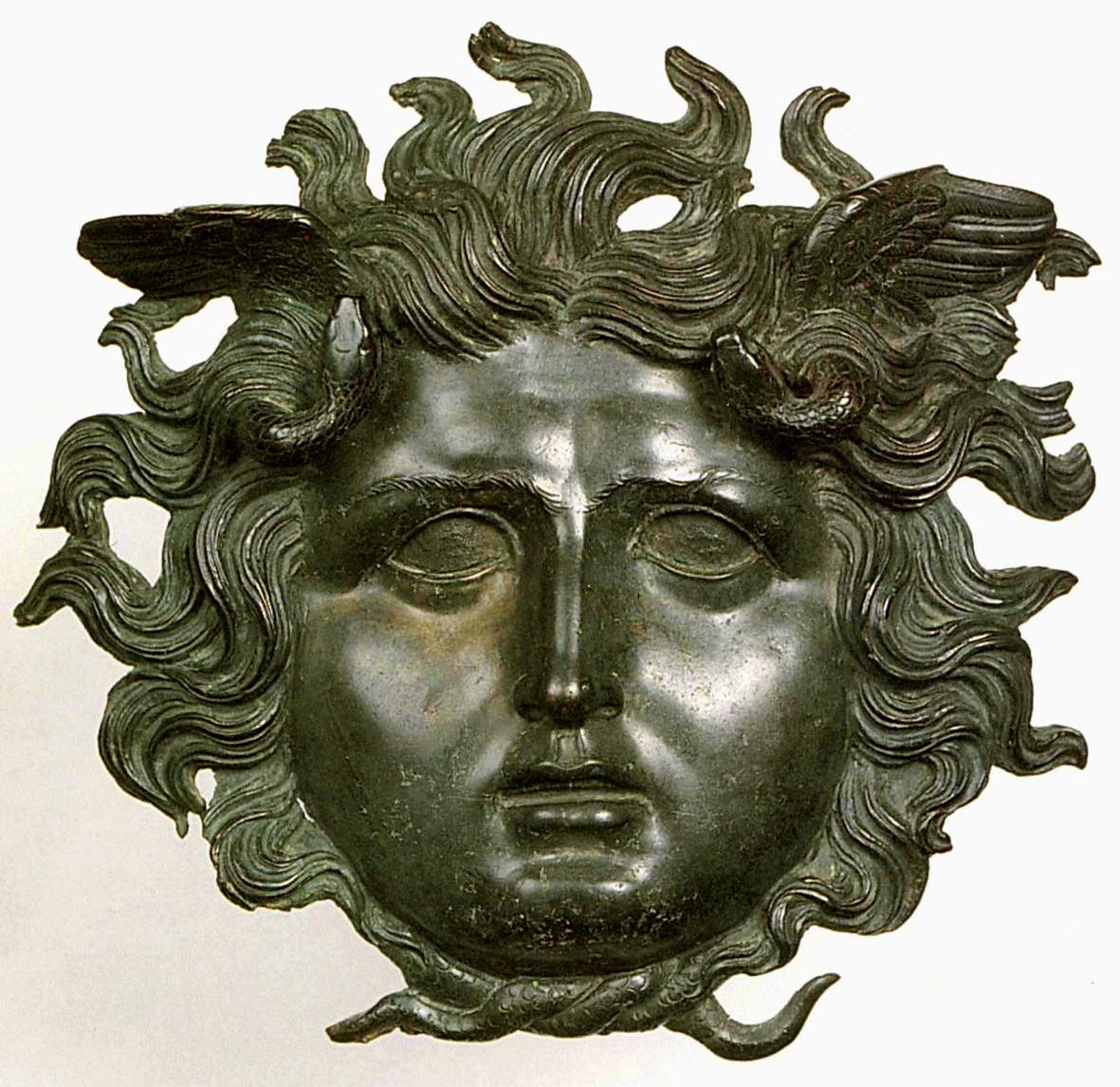From October 19, 2019 to February 2, 2020, the Museo Nazionale Atestino in Este (Padua) is hosting the exhibition Poisons and Magical Potions. Great Stories of Cures and Crimes, curated by Federica Gonzato and Chiara Beatrice Vicentini, an archaeologist and pharmacy historian, respectively: the aim of the exhibition, promoted by the Polo Museale del Veneto, the University of Ferrara and the Municipality of Este, is to investigate the millennia-long history of poisons, magic potions, medicines and whatnot. The audience of the exhibition will discover that as early as the Paleolithic period, humans knew how to search for substances useful for better survival. From ancient times, therefore, substances capable of healing and curing but also others capable of harming were experimented with and passed down. The story continues through antiquity and the Middle Ages and reaches as far as the famous physician Paracelsus, then to the early 16th century, to define the concept of dosage, an element that can make a drug a poison or vice versa. And it is no coincidence that even today the pharmacists’ symbol is the caduceus, a winged staff with two snakes representing one the therapeutic dose, the second the toxic dose, the poison.
“Our goal,” the curators explain, “is to offer the public different perspectives and approaches to the fascinating world of poisons and the history of pharmacopoeia, with reference to various historical periods, from antiquity, through the Middle Ages and the Renaissance to thepresent age, reconstructing the course of this fundamental aspect of social life through written sources, visual arts, classical sources and modern literature, offering in the exhibition demoethnoanthropological objects and references that are closely related to the history of our daily life.”
The exhibition recounts several curiosities: for example, visitors will discover that the extensive use of ochre in the Paleolithic period also depended on the antiseptic properties of that material, or that even in the Paleolithic period people cured toothaches with propolis. In contrast, the first evidence ofopium use in continentalEurope dates back to the Neolithic period. In the area of health products, scientific interest, in search of new remedies in both pharmacology and cosmetics, has slowly shifted from the plant kingdom to the animal kingdom with an increasing focus on poisons and toxins, especially from insects, reptiles and amphibians. The study of poisons from animal, plant and mineral sources can parallel scientific explanations for the emergence of myths and legends. From the metallurgists of antiquity, subjected to the poisonous fumes emitted by smelting and perhaps therefore deformed or visually impaired, to the myth of Medusa, to the witches of the medieval-modern times, who fed on grass flours infested with Rye ergot, Claviceps purpurea, a fungus rich in alkaloids with hallucinogenic effects (lysergic acid is a precursor to LSD). Intoxications were often mistaken for demonic possessions.
In the showcases arranged along the exhibition route, historical packages of poisons and medicines find their place alongside extremely rare archaeological finds; important paintings with images of magic flank historical affiches advertising portentous ointments and medicines. In addition, rare editions and manuscripts dealing with a variety of closely related topics: from magic, seen from different angles, to esoteric, hermetic and Western alchemical doctrine, to the “lamiae” witches who were feared as the creators of magical potions and, at the same time, victims of superstition and persecution by the Inquisition, which made use of repressive compendia and manuals also on display in the exhibition. Of particular note is the section with materials from Japan that tell, from different perspectives, a nevertheless similar story.
The exhibition can be visited daily: Monday through Saturday hours 9 a.m.-1 p.m. and 2:30-7:30 p.m., Sunday 2:30-7:30 p.m. (last admission 7 p.m.).
Poisons and Magical Potions. Great Stories of Cures and Crimes, under the Patronage of the Veneto Region, has the collaboration of: Fondazione Cariparo, Accademia dei Concordi, Accademia Italiana di Storia della Farmacia, Biblioteca Comunale Ariostea di Ferrara, Centro Studi Etnografici “Vittorino Vicentini,” Collezione Cerato, Comune di Este, Fondazione CariVerona, Galleria Franchetti alla Cà d’Oro - Venice, Department of Life Sciences and Biotechnology - Master in Cosmetic Science and Technology University of Ferrara, Archaeological Museum of Venice, National Archaeological Museum of Adria, National Museum of the Salce Collection Treviso, Oriental Museum of Venice, Musei Civici di Verona - Museum of Natural History and Castelvecchio, Civic Museums of Trieste - Winckelman Museum of Antiquity, University Library System of the University of Ferrara, University Museum System of the University of Ferrara, Soprintendenza Archeologia Belle Arti e Paesaggio for the Provinces of Verona Rovigo Vicenza, Soprintendenza Archeologia Belle Arti e Paesaggio for the Metropolitan Area of Venice and the Provinces of Belluno Padova and Treviso. For information, see the website of the Polo Museale del Veneto.
In the photo: Roman art, Head of Medusa (Este, Museo Nazionale Atestino)
 |
| Poisons, magic potions and cures from antiquity onward: an exhibition at the Atestino National Museum |
Warning: the translation into English of the original Italian article was created using automatic tools. We undertake to review all articles, but we do not guarantee the total absence of inaccuracies in the translation due to the program. You can find the original by clicking on the ITA button. If you find any mistake,please contact us.